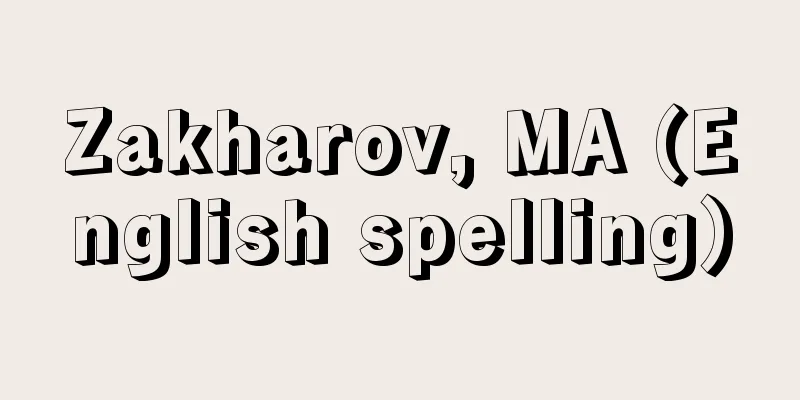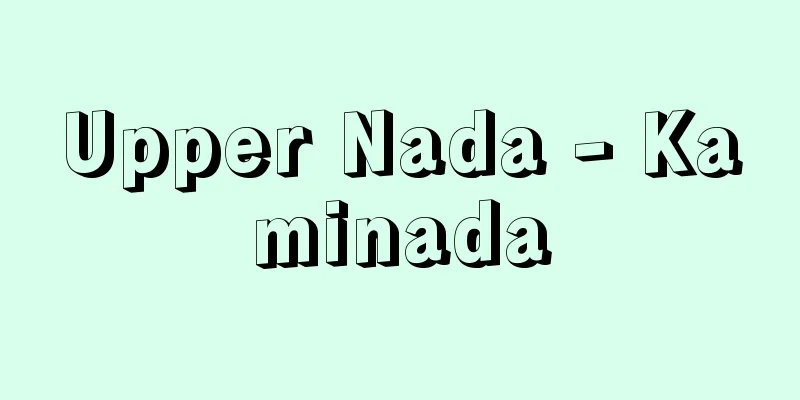Letter of Order - Osei dasaresho

|
…Thus, it was drafted in a very short time and enacted with the conflicts within the government. The day before the promulgation of the school system, the Dajokan Proclamation (also called the Preface to the School System or the Order on the Promotion of Education) was issued, explaining its purpose, rejecting feudal education, setting the direct goal of individual advancement, controlling one's income and career, and presenting a modern educational philosophy that is equal for all four classes and also targets women. The plan was to divide the entire country into large, medium and small school districts that were different from the general administrative divisions, and to establish schools in each district (8 universities, 256 middle schools, 53,760 elementary schools). Elementary schools were to be enrolled at age 6 and would be four years in each of the upper and lower classes, while middle schools were to be enrolled at age 14 and would be three years in each of the upper and lower classes. The school system was to include universities, normal schools and vocational schools, and the content of education was to be modeled on Western education. … From 【School】 … From the Imperial Teachings…Motoda countered from the standpoint of unity of religion and politics, and the Imperial Decree was issued. The Imperial Decree was the first intervention in public education, and marked a major shift from the policy of the "Osei-dasareshiyo" (request for education) that emphasized the individual's advancement, governance, and career development. Based on this policy, textbook control and moral education began the following year. [Yamazumi Masami] … *Some of the terminology explanations that refer to the "Ordered Letter" are listed below. Source | Heibonsha World Encyclopedia 2nd Edition | Information |
|
…このように,きわめて短時日のうちに起草され,政府部内での対立を含んだままで制定されたのである。学制公布の前日にその趣旨を説明した太政官布告(学制序文,学事奨励に関する被仰出書ともいう)が発せられ,封建教学を否定し,個人の立身治産昌業を直接の目的とし,四民平等で女性をも対象とした近代的教育理念が示された。全国を一般行政区画とは異なる大,中,小の学区に区分し,各学区に学校を設立する計画(8大学,256中学校,5万3760小学校)であり,小学校は満6歳入学で上下2等各4年,中学校は14歳入学で上下2等各3年とし,これに大学・師範学校・専門学校を加えた学校体系を示し,その教育内容は欧米教育に範をとるものであった。… 【学校】より… 【教学聖旨】より…元田はこれに対し祭政一致の立場から反論し,この聖旨は下された。聖旨は公教育への最初の介入であり,個人の立身・治産・昌業を重視した学制公布にあたっての〈被仰出書(おおせいだされしよ)〉の方針からの大きな転換を示すものであり,翌年からこの方針にもとづき教科書統制や道徳教育の教化が始まる。【山住 正己】。… ※「被仰出書」について言及している用語解説の一部を掲載しています。 出典|株式会社平凡社世界大百科事典 第2版について | 情報 |
<<: Large Seibou - Large Seibou
Recommend
Malthus - Thomas Robert Malthus
British economist. Born in Surrey in southern Eng...
Culture conflict
…Cultural contact can occur when people who share...
Carpinus
...A deciduous tall tree of the birch family that...
yellow flag
…The cultivated Japanese iris is a Japanese impro...
Flat Earth Society
...The main basis of the flat earth theory is the...
Giant Snow Crab - Giant Snow Crab
...The bright orange-red red snow crab C. japonic...
gilgai
...They have many local names, such as regur in I...
Enosis Movement
... The system of power sharing between Greek and...
The next generation - Moushitsugishu
The title of the Muromachi Shogunate. "Monot...
Aranda School - Arandaha
…He became known and highly acclaimed throughout ...
Bergschrund
… bush. Bergschrund [German] A crevice between th...
Erythrocyte sedimentation rate
…The correct term is erythrocyte sedimentation ra...
coffee house
… [Europe] European coffee shops, which became po...
Emil Kraepelin
German psychiatrist. Born in Neustrelitz, Mecklen...
Watashima - Watashima Island
A place name found in articles related to the anci...









